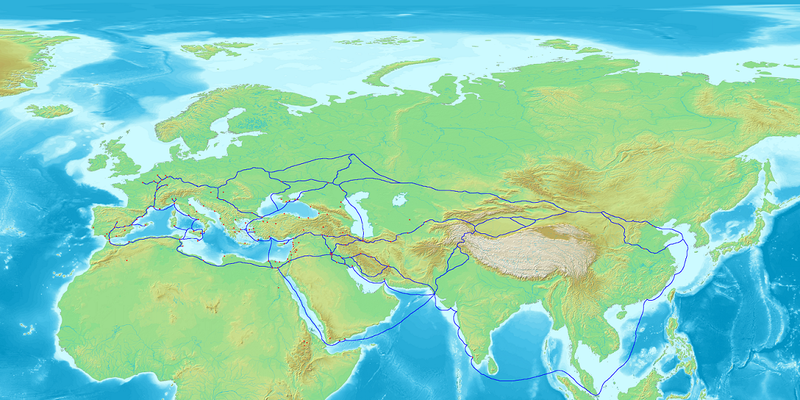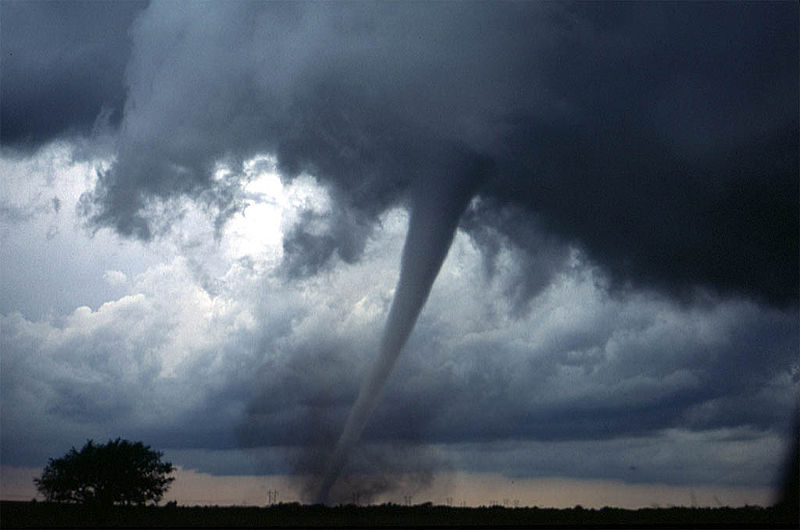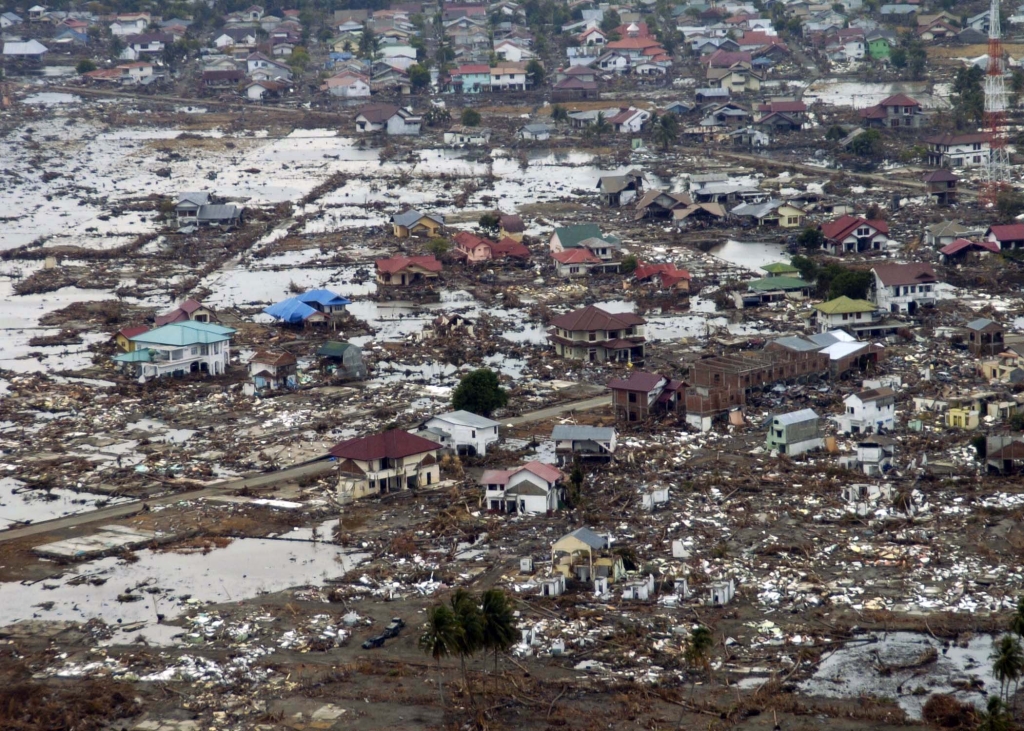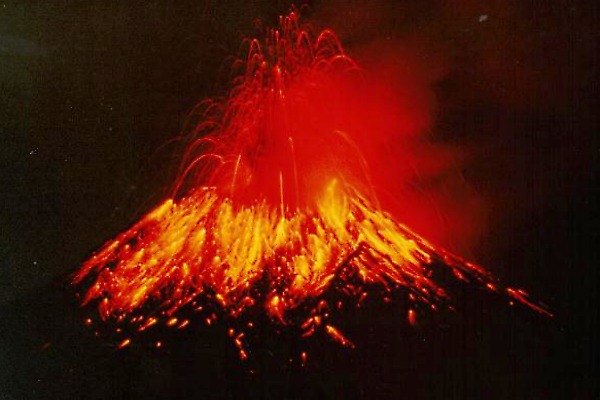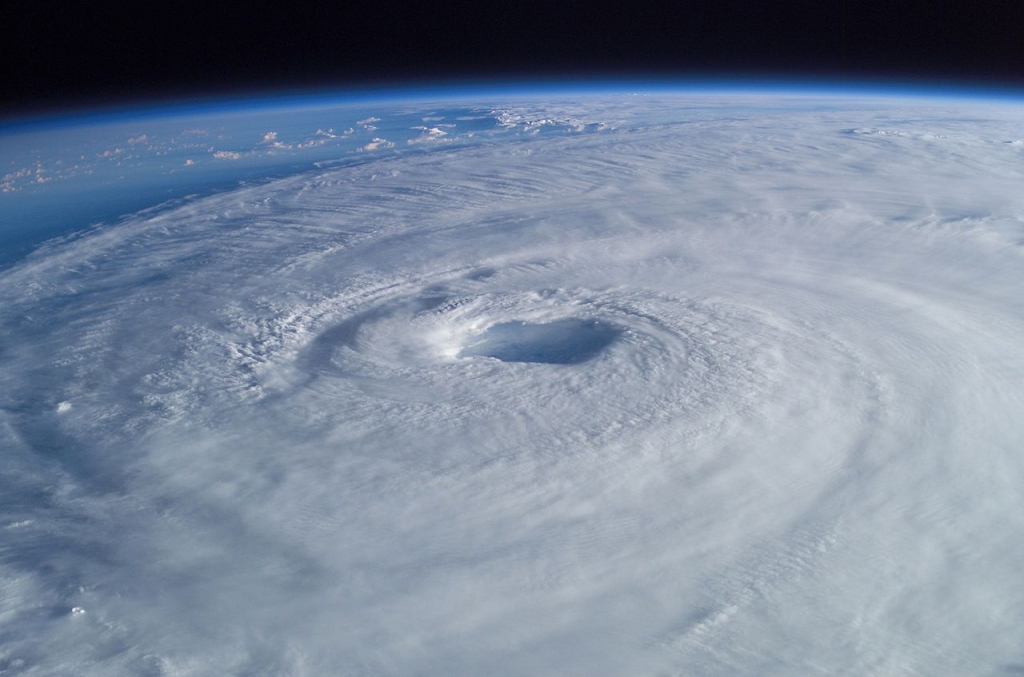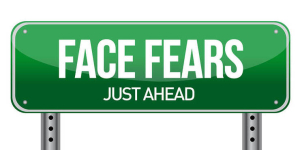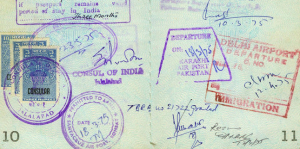Nature Can Be Cruel
Sometimes the cruelest disasters our society can experience are the ones that occur naturally. Extreme weather conditions and the natural processes of our planet are unbiased towards humanity. They strike wherever and whenever, claiming thousands of victims every year.
Things like floods, hurricanes, tornados, and earthquakes have been an issue for as long as the earth has existed. Despite all of our advances in technology, there is no way for humans to avoid them. In 2012 alone, the world experienced over 900 natural disasters. This list will look back on the last 40 years and single out the most devastating natural disasters in our lifetime.
Earthquakes
When tectonic plates grind together and create tension, the result can be far from pretty. Massive earthquakes have the potential to devastate heavily populated areas, taking thousands of lives and delivering millions of dollars in damage.
1976 Tangshan Earthquake – This quake is by far the largest one our generation has witnessed. It tops the list of deadliest natural disasters in our lifetime with an estimated death toll of over 600,000. It rocked the Chinese area of Hebei early in the morning and tore up a large area of buildings and bridges. Since so many people were unprepared and we lacked the technology to predict such massive quakes, thousands of people lost their lives and millions lost their homes.
Tornados
Tornados aren’t simply a means of transportation for red headed Kansas girls. As a matter of fact the bitter reality behind them is frightening. Winds whip around at unbelievable speeds, tearing through houses and leaving populated areas decimated.
The Daulatpur-Saturia Bangladesh Tornado – This tornado happened in April of 1989 and rocked the coast of Bangladesh. The area it hit had just gone through a 6-month drought which encouraged the massive storm. It bashed through homes with a stretch of over six kilometres and the death toll is estimated to be over 1,300. More than 12,000 were injured and over 80,000 walked away without homes.
Tsunamis
There are several ways that a tsunami can form. They usually are generated from earthquakes, volcanic activity, and landslides under water. They create massive walls of water, often referred to as tidal waves, and can go for hours wreaking havoc on coastlines.
Indian Ocean Tsunami – In 2004, the Sumatra coast in Indonesia was hit with the biggest and deadliest tsunami recorded in human history. A massive undersea earthquake created huge waves that smashed into 14 different countries. More than 230,000 people were killed by the massive waves that measured over 30 meters high. It took billions of dollars and help from countries around the world to get the effected areas back on their feet.
Volcanic Eruptions
When most people look at a volcano, they see nothing but a big ol’ mountain. What they are overlooking is the volcanic activity swirling around inside waiting to be unleashed. When an active volcano erupts, the people living around the once stagnant land mass suffer.
Nevado del Ruiz – This volcano lies in the Columbian area and erupted in 1985. The blast was small when you consider the potential behind the massive mountain but it was still devastating to the people surrounded by it. Hot magma flowed through the Tolima town of Armero killing over 25,000.
Tropical Cyclones
These mega storms, more commonly known as hurricanes, are a swirling mass of devastating winds, thunder storms, and heavy rain. They generate over massive bodies of water, most commonly the oceans, and move towards land with a wide surface area.
Typhoon Nina – This 4th category typhoon happened in 1975 and devastated areas in Taiwan and China. It hit so hard that it made the Banqiao Dam collapse, which added heavy floods into the mix. After this dam collapsed, rushing waters lead to the collapse of 62 more dams. Around 230,000 people were killed by the massive storm and there was over 1 Billion USD estimated in damages, making it one of the most expensive natural disasters in our lifetime.
Adam St. Pierre

